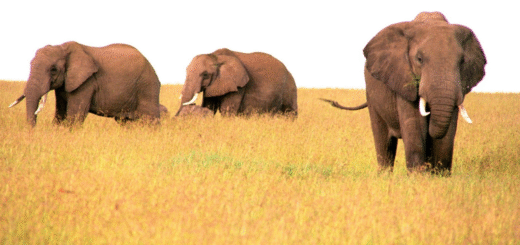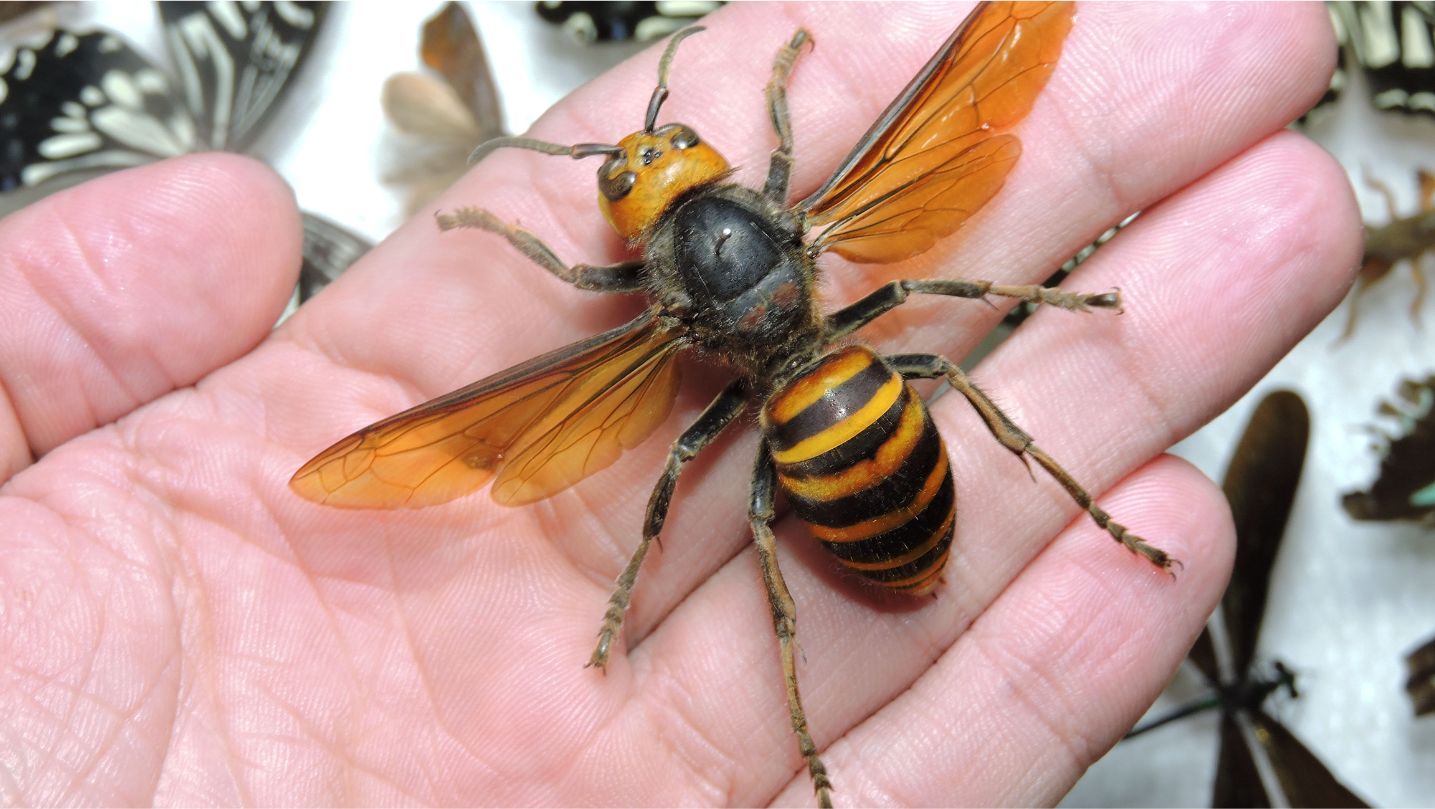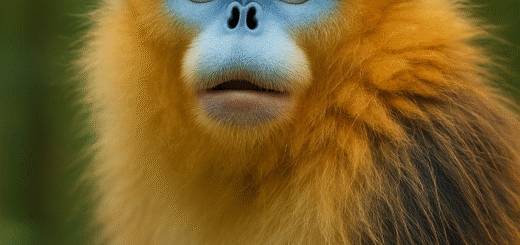Baby Elephants: From Birth to Adulthood — The Journey of a Gentle Giant
In the wild heart of Africa or Asia, the birth of a baby elephant is more than just another addition to a herd — it’s the beginning of a powerful journey. These gentle giants, born into a tight-knit family structure, undergo a remarkable transformation from vulnerable infants to wise and respected adults. Let’s explore the fascinating stages of a baby elephant’s life, from its first steps to its majestic maturity.

1. Birth: A Long-Awaited Arrival
A female elephant carries her baby for about 22 months, making it the longest gestation period of any land mammal. When the baby is born, it can weigh between 100 to 150 kilograms (220–330 pounds) and stands about 3 feet tall.
Mother elephants usually give birth at night, surrounded by other female relatives who act as midwives. These protective family members form a circle around the mother, ensuring safety from predators.
2. The First Few Days: Learning to Stand and Walk
Within minutes of birth, a baby elephant begins its wobbly attempts to stand. By the end of the first hour, most are on their feet. Walking follows soon after. During these first days, the calf depends entirely on its mother’s milk, feeding frequently for nourishment and strength.
3. Socialization: The Power of the Herd
Unlike many other animals, baby elephants don’t grow up in isolation. They are raised by the entire herd, especially the females, who play active roles in nurturing, guiding, and protecting the calf.
These early interactions are vital for the calf’s development. Through play, mimicry, and observation, baby elephants learn everything from communication skills to how to use their trunks—a task that takes many months to master!
4. Weaning and Learning: Ages 2 to 5
At around 2 years old, baby elephants begin eating solid foods, though they continue to nurse until about 4–5 years. This period is marked by increased independence. They start experimenting with grasses, roots, and bark while learning how to forage by watching adults.
They also develop a deep emotional intelligence, forming bonds with siblings, aunts, and even unrelated calves. Elephants are known to comfort each other, showing behaviors like hugging with trunks and vocalizing in soothing rumbles.
5. Adolescence: Finding Their Place
By age 10 to 12, elephants enter adolescence. Young males become more independent and gradually begin to spend more time on the outskirts of the herd. Females, meanwhile, start taking on caretaking roles for younger calves — an important part of preparing for motherhood.
This is a crucial stage where elephants solidify social hierarchies, test boundaries, and establish relationships that may last a lifetime.
6. Maturity: Around 15–20 Years Old
Elephants are considered adults around 15–20 years old. Females typically stay with their birth herds for life, while males may leave and form small bachelor groups or live semi-solitary lives, joining herds temporarily during mating seasons.
An adult elephant carries the wisdom of experience and becomes a pillar of the herd’s survival, especially in times of crisis like droughts or migrations. Older elephants remember water sources, predator locations, and migration routes—showcasing why elephant memory is legendary.
Conclusion: The Lifelong Journey of a Baby Elephant
From a helpless calf learning to walk to a majestic adult guiding the herd, the life of a baby elephant is filled with challenges, growth, and deep emotional connections. Understanding this journey helps us appreciate not only their biological development but also their intelligence, empathy, and family bonds.
In a world where elephants face threats from poaching, habitat loss, and climate change, protecting baby elephants means protecting the future of these remarkable creatures. Every step they take from birth to adulthood is a step worth defending.








